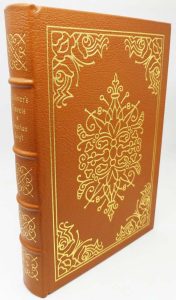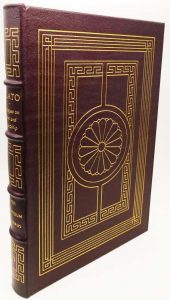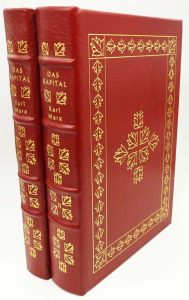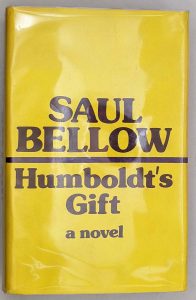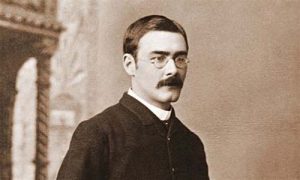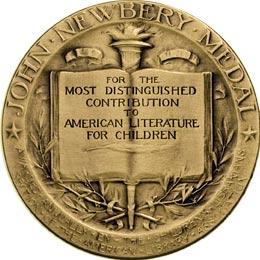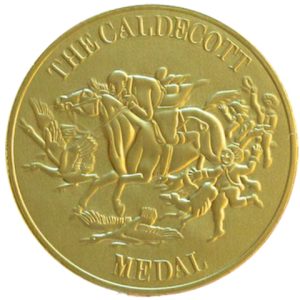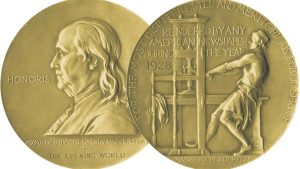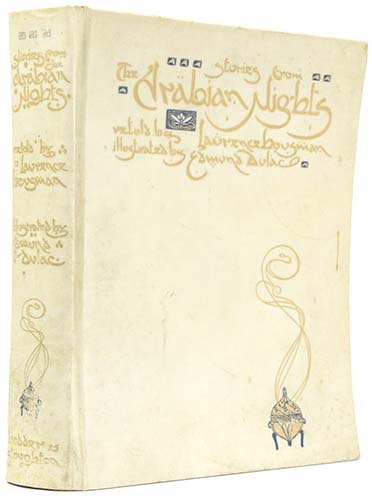
Limited Edition
Stories from Arabian Nights (1907), retold by Laurence Housman and illustrated by Edmund Dulac, represents a dazzling pinnacle of Edwardian gift-book artistry. Published by Hodder & Stoughton in London, this lavish volume brings Scheherazade’s tales to life through Dulac’s sumptuous paintings that fuse Persian miniature traditions with Art Nouveau sensibilities. His illustrations glow with jewel-toned opulence—sapphire night skies over golden palace domes, ruby-red silks swirling around dancing princesses, and emerald-green djinns materializing from smoke. Dulac’s meticulous research into Islamic art shines through in the geometric mosaics framing “The Story of the Fisherman,” the intricate arabesques of “Aladdin’s Palace,” and the authentic Moorish architecture of “The Story of the Three Calenders.” Particularly breathtaking is his full-page plate for “The Voyages of Sinbad,” where the giant roc’s wings eclipse a terrified ship crew in shadow, rendered with almost cinematic drama. The artist’s mastery of light creates magical effects: moonlight filtering through latticed windows in “The Tale of Prince Camaralzaman,” and dawn breaking over the enchanted city in “The Story of the Sleeper Awakened.” Dulac’s character designs—from the imperious Sultan Shahriar to the delicate-faced Scheherazade—balance human realism with storybook grandeur, making this edition the definitive visual interpretation of The Arabian Nights for generations.
About Edmund Dulac (1882-1953):
This French-born artist became Britain’s premier gift-book illustrator through works like this 1907 masterpiece. Trained at Toulouse’s École des Beaux-Arts and influenced by Persian miniatures during Paris’ Orientalist craze, Dulac developed his signature style blending Eastern decorative richness with Western narrative clarity. His 1905 move to London coincided with the golden age of illustrated books, and this Arabian Nights—only his second major commission—established his reputation as Arthur Rackham‘s only rival. Unlike contemporaries who used transparent washes, Dulac worked in opaque watercolors layered like tempera, achieving unmatched luminosity in scenes like “The Magic Horse” sunset. His career peaked with The Rubáiyát of Omar Khayyám (1909) and The Sleeping Beauty (1910), but this 1907 work remains his most culturally significant—introducing European audiences to authentic Islamic aesthetics beyond Victorian stereotypes. Financial pressures later forced him into portrait and stamp design, but these early illustrations preserve his legacy as the supreme poet of Oriental fantasy.
For connoisseurs of this edition, these complementary works may captivate:
• The Rubáiyát of Omar Khayyám (1909) also by Dulac – his Persian masterpiece
• Arabian Nights (1913) illustrated by Rene Bull – offering an alternative interpretation
• Arabian Nights (1909) illustrated by Kay Nielsen – the absolute best illustrated Arabian Nights, sadly unpublished during Nielsen’s lifetime.
Other books illustrated by Edmund Dulac available in our gallery: Stories from the Arabian Nights, Lyrics, Pathetic and Humourous from A to Z, The Rubaiyat of Omar Khayyam, The Sleeping Beauty, Stories from Hans Andersen, The Bells, and other poems, Princess Badoura, Sindbad the Sailor and other stories, The Kingdom of the Pearl.
Complete list of books illustrated by Edmund Dulac.
